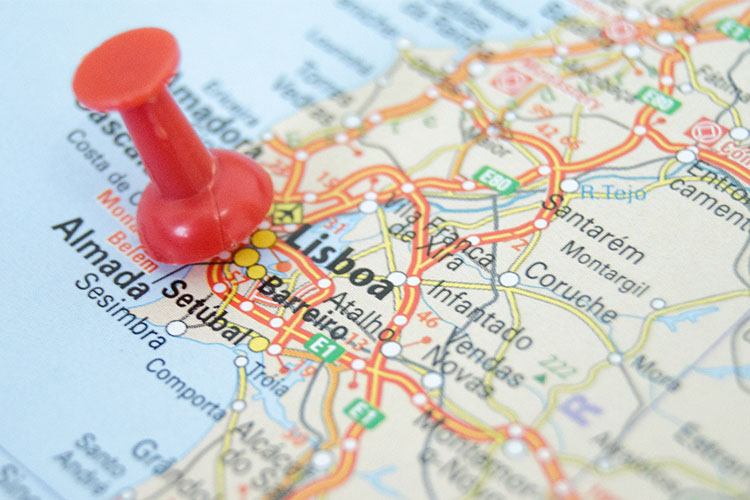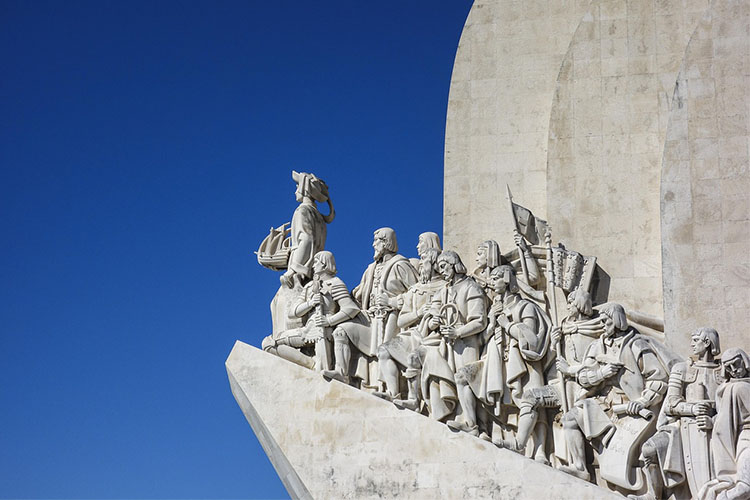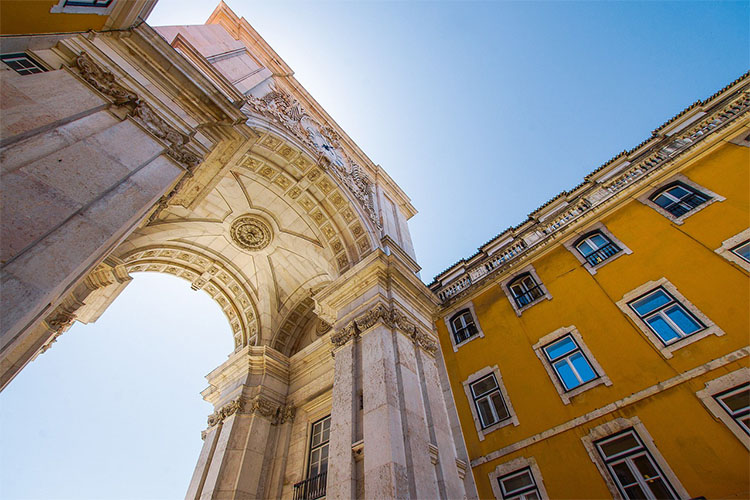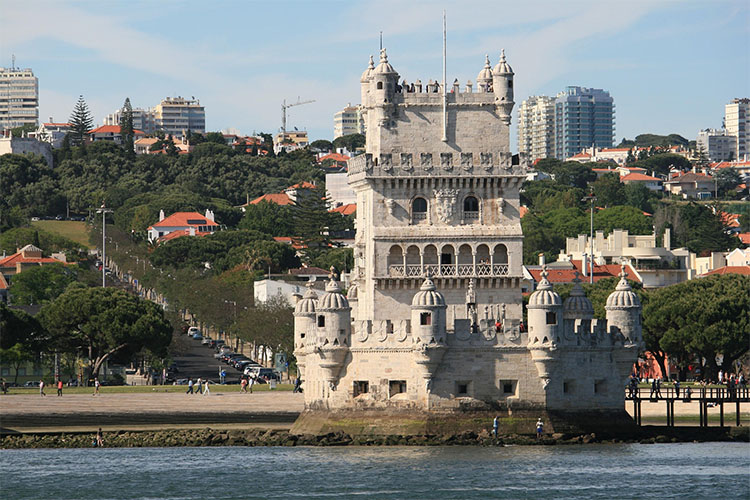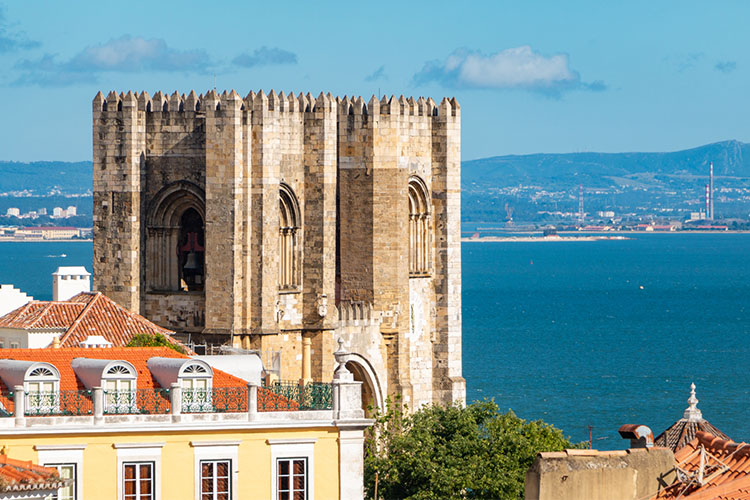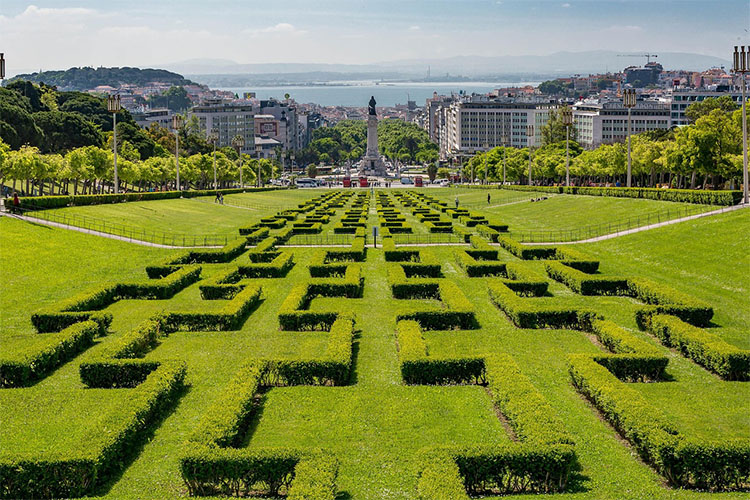Lisbon, Portugal
More detailed information will come out soon!
Lisbon is the capital and largest city of Portugal, with an estimated population of 567,131 as of 2023 within its administrative limits and 2,961,177 within the metropolis.Lisbon is mainland Europe's westernmost capital city (second overall after Reykjavik) and the only one along the Atlantic coast, the others (Reykjavik and Dublin) being on islands. The city lies in the western portion of the Iberian Peninsula, on the northern shore of the River Tagus. The western portion of its metro area, the Portuguese Riviera, hosts the westernmost point of Continental Europe, culminating at Cabo da Roca.
1(The Monument of the Discoveries): The Monument of the Discoveries (Portuguese: Padrão dos Descobrimentos) is a monument on the northern bank of the Tagus River estuary, in the civil parish of Santa Maria de Belém, Lisbon. Located along the river where ships departed to explore and trade with India and the Orient, the monument celebrates the Portuguese Age of Discovery (or "Age of Exploration") during the 15th and 16th centuries.
2 (The Rua Augusta Arch): The Rua Augusta Arch (Portuguese: Arco da Rua Augusta) is a stone, memorial arch-like, historical building and visitor attraction in Lisbon, Portugal, on the Praça do Comércio. It was built to commemorate the city's reconstruction after the 1755 earthquake. It has six columns (some 11 m high) and is adorned with statues of various historical figures. Significant height from the arch crown to the cornice imparts an appearance of heaviness to the structure. The associated space is filled with the coat of arms of Portugal. The allegorical group at the top, made by French sculptor Célestin Anatole Calmels, represents Glory rewarding Valor and Genius.
Originally designed as a bell tower, the building was ultimately transformed into an elaborate arch after more than a century.
3 (Belém Tower): Belém Tower (Portuguese: Torre de Belém), officially the Tower of Saint Vincent (Portuguese: Torre de São Vicente) is a 16th-century fortification located in Lisbon that served as a point of embarkation and disembarkation for Portuguese explorers and as a ceremonial gateway to Lisbon. This tower symbolizes Portugal's maritime and colonial power in early modern Europe. It was built during the height of the Portuguese Renaissance, and is a prominent example of the Portuguese Manueline style, but it also incorporates other architectural styles, such as the minarets, which are inspired by Moorish architecture. The structure was built from lioz limestone and is composed of a bastion and a 30-metre (100 ft), four-storey tower.
Since 1983, the tower has been a UNESCO World Heritage Site, along with the Jerónimos Monastery. It is often portrayed as a symbol of Europe's Age of Discoveries and as a metonym for Portugal or Lisbon, given its landmark status. It has incorrectly been stated that the tower was built in the middle of the Tagus and now sits near the shore because the river was redirected after the 1755 Lisbon earthquake. In fact, the tower was built on a small island in the Tagus river near the Lisbon shore.
4 (Lisbon Cathedral): The Cathedral of Saint Mary Major (Portuguese: Santa Maria Maior de Lisboa or Sé-Catedral Metropolitana Patriarcal de Santa Maria Maior de Lisboa), often called Lisbon Cathedral or simply the Sé (Sé de Lisboa), is a Roman Catholic cathedral located in Lisbon, Portugal. It is the oldest church in the city, built in 1147. The cathedral has survived many earthquakes and has been modified, renovated and restored several times, resulting in a mix of different architectural styles. It is the seat of the Patriarchate of Lisbon, and has been classified as a National Monument since 1910.
5 (Edward VII Park): Edward VII Park (Portuguese: Parque Eduardo VII) is a public park in Lisbon, Portugal. The park occupies an area of 26 hectares (64 acres) to the north of Avenida da Liberdade and Marquis of Pombal Square in Lisbon's city center. The park is named for King Edward VII of the United Kingdom, who visited Portugal in 1903 to strengthen relations between the two countries and reaffirm the Anglo-Portuguese Alliance. The Lisbon Book Fair is held annually in Eduardo VII Park.
More detailed information could be found at: https://en.wikipedia.org/wiki/Lisbon
The pictures on the webpage are from: https://en.wikipedia.org/wiki/Lisbon
For learning more about Visa Information, please visit: https://www.vfsglobal.com/en/individuals/index.html

